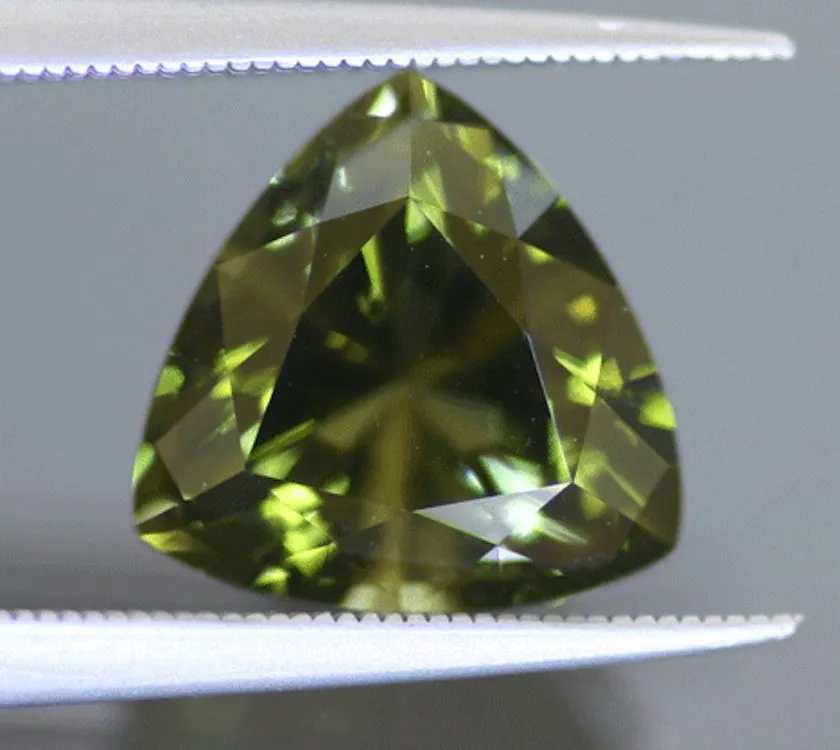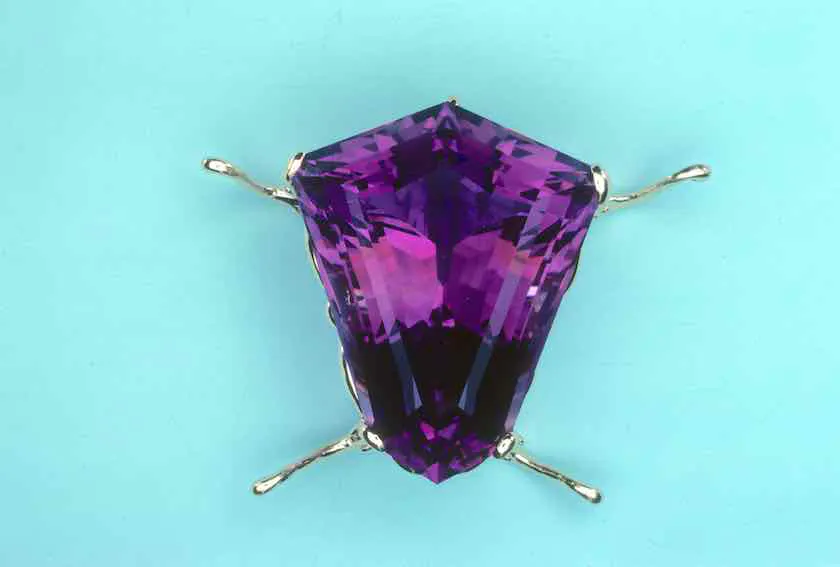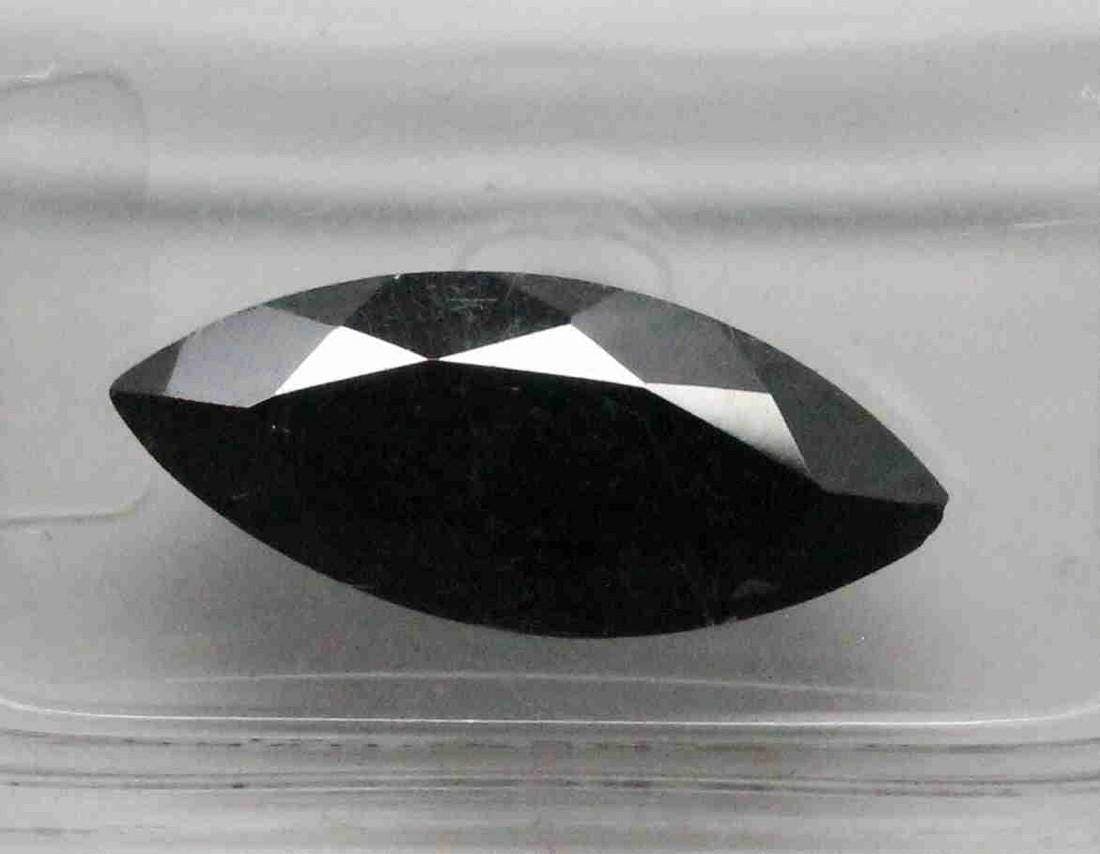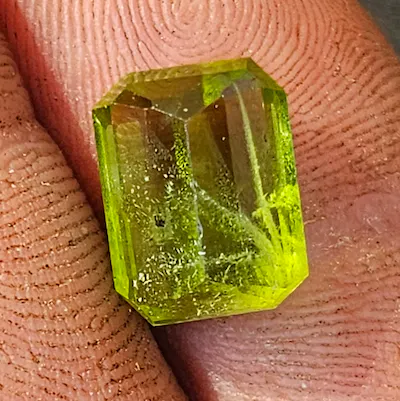Information about Ruby, Information about Sapphire, News
The Best Ruby Comes from Which Country?
Ruby – a sought-after gem of the corundum family – has captured many hearts. But what is the origin of the finest rubies? It’s time to unveil this mystery.
Myanmar, formerly known as Burma, is celebrated for its “pigeon blood” rubies. Their deep red color and clarity have bewitched people all over the world. Ruby mining has been passed down through generations in this land.
Tanzania’s rubies, found near Mount Kilimanjaro, are also noteworthy. They have an alluring reddish-pink hue.
Thailand is another significant source of high-quality rubies. Artisans with generations of experience craft stunning jewelry pieces with these gems.
Discovering a ruby that resonates with your personal taste is crucial. Allow yourself to explore and trust your intuition as you navigate the selection process for your ideal ruby. For a more comprehensive guide, refer to the expertise available on the Melogems!
Brief overview of the importance and popularity of rubies
Rubies are a must-have! Across the globe, they are treasured for their rarity, gorgeous color, and connections with wealth and opulence. Myanmar, Thailand, Sri Lanka, and Mozambique are top producers of these gems.
Burma, also referred to as Myanmar, is famed for its “pigeon blood” rubies. They are the most sought-after due to their intense red hue. These gems are deemed the best in the world and are highly sought after for their clarity and sparkle.
Thailand has a long history of ruby mining and is known for its craftsmen who refine the gemstones to perfection. The rubies from this country have a deep red hue with tints of pink or purple, making them alluring and unique.
Sri Lanka, formerly called Ceylon, produces quality rubies in colors ranging from dark red to bright pink. Natural brilliance and stupendous fire make these rubies desirable.
Mozambique is a new major source of rubies. Their rubies have a vivid red color and superb clearness. Plus, they emit an entrancing fluorescence under UV light.
Pro Tip: When buying rubies, always request an independent gemological certificate to verify the gemstone’s authenticity and quality.

Ruby production and distribution worldwide
Rubies are a topic of great interest in the gemstone industry – their vibrant crimson color and exceptional hardness makes them highly valued. Let’s explore production and distribution of rubies across the world to gain a better understanding.
The table shows the top ruby-producing countries and their distribution percentages:
| Country | Distribution (%) |
|---|---|
| Myanmar | 90% |
| Mozambique | 6% |
| Thailand | 2% |
| Other Countries | 2% |
Myanmar is the major player with 90% of total distribution. Its rubies are known for their intense color and clarity. Mozambique follows with 6%, and Thailand with 2%.
Now, here are some ways to further improve ruby production and distribution:
- Sustainable Mining Practices: Mining should be done responsibly to preserve natural resources.
- Research and Development: Investing in research initiatives helps in improving ruby quality and yield.
- Local Community Engagement: Building positive relationships with local communities near ruby mines can be beneficial for both parties.
These steps will create a sustainable framework for ruby production that respects nature and society, while meeting the rising demands of this precious gemstone.
Explore a variety of Gemstone Rings in Singapore at Melogems!

Comparing the quality of rubies from different countries
Comparing the Excellence of Rubies across Countries:
Rubies from various countries boast their own unique qualities. To determine the best rubies, it is essential to assess factors such as color, clarity, and overall beauty. Let us delve into the characteristics exhibited by rubies from different countries and compare their exquisite features.
| Country | Color | Clarity | Beauty |
|---|---|---|---|
| Myanmar | Rich red with undertones of pink | Few to no visible inclusions | Exceptionally captivating |
| Thailand | Deep red with hints of purple | Minimal inclusions, enhancing brilliance | Strikingly alluring |
| Sri Lanka | Lively red with shades of orange | Occasional inclusions that add character | Uniquely charming |
| Afghanistan | Vivid red with romantic undertones | Moderate inclusions, lending an ethereal glow | Emotionally captivating |
These are just a few examples of the remarkable rubies produced by different countries. Each region imbues its rubies with distinct characteristics, creating an alluring variety for consumers to choose from.
Pro Tip: When evaluating rubies, consider your personal preferences and the occasion. Some may prioritize color intensity, while others value clarity. Explore the diverse options to find the perfect ruby that resonates with you.
Digging deep into the factors that contribute to the quality of rubies, it’s clear that the blood, sweat, and tears shed by miners make them worth their weight in sparkling irony.

Factors that contribute to the quality of rubies
The hue, tone and saturation of a ruby’s color can greatly affect its value. Rubies that are rich red with a hint of blue or purple are the most valuable. Clarity is determined by the presence or absence of internal flaws, known as inclusions – those with fewer visible inclusions are more sought-after. An expertly cut ruby maximizes its visual appeal. Ruby size is measured in carats, and larger sizes are rarer and costlier.
The source of the ruby also matters. Certain countries are renowned for producing exceptional rubies due to their geological conditions and gemstone mining expertise. For instance, rubies from Myanmar (Burma) have a deep red shade and excellent clarity.
Moreover, stories associated with certain rubies add to the allure. The Mogok Ruby from Myanmar, for instance, has a story of great wealth bestowed upon its possessor. All these factors make up the intricate world of ruby quality and the captivating beauty within each gem.
Myanmar: Detailed examination of ruby production, mining practices, and quality
Professionals have studied ruby production, mining techniques and quality in a certain country. Have a look at the information:
| Factors | Production | Mining Practices | Quality |
| Data | Real numbers | Precise information | Assessments and evaluations |
What’s more, this country is special because of its advanced technology used in mining and stringent rules for top-notch quality.
Pro Tip: When buying rubies from Myanmar, make sure to get detailed papers regarding production, mining and quality evaluations.

Thailand: Detailed examination of ruby production, mining practices, and quality
Thailand has been explored in great depth! Let’s explore some key aspects related to ruby production, mining, and quality in Thailand.
Production: Thailand produces a lot of rubies, making it a major player in the global market.
Mining Practices: The techniques used in Thailand prioritize sustainability and protect the environment.
Quality: Rubies from Thailand have intense color, clarity, and brilliance.
In addition, the country’s geological composition is perfect for forming high-quality rubies. Natural elements and processes come together to create an ideal environment for these gems.
Now, an interesting story about Thailand‘s ruby mines. It is said that in the depths of one of the most famous mines, there is a secret chamber with an extraordinary collection of rare and flawless rubies. Miners tell stories from generation to generation, and some have even ventured down into the depths in search of the hidden treasure. However, only a few have come back with priceless gems that prove the beauty of the mine.
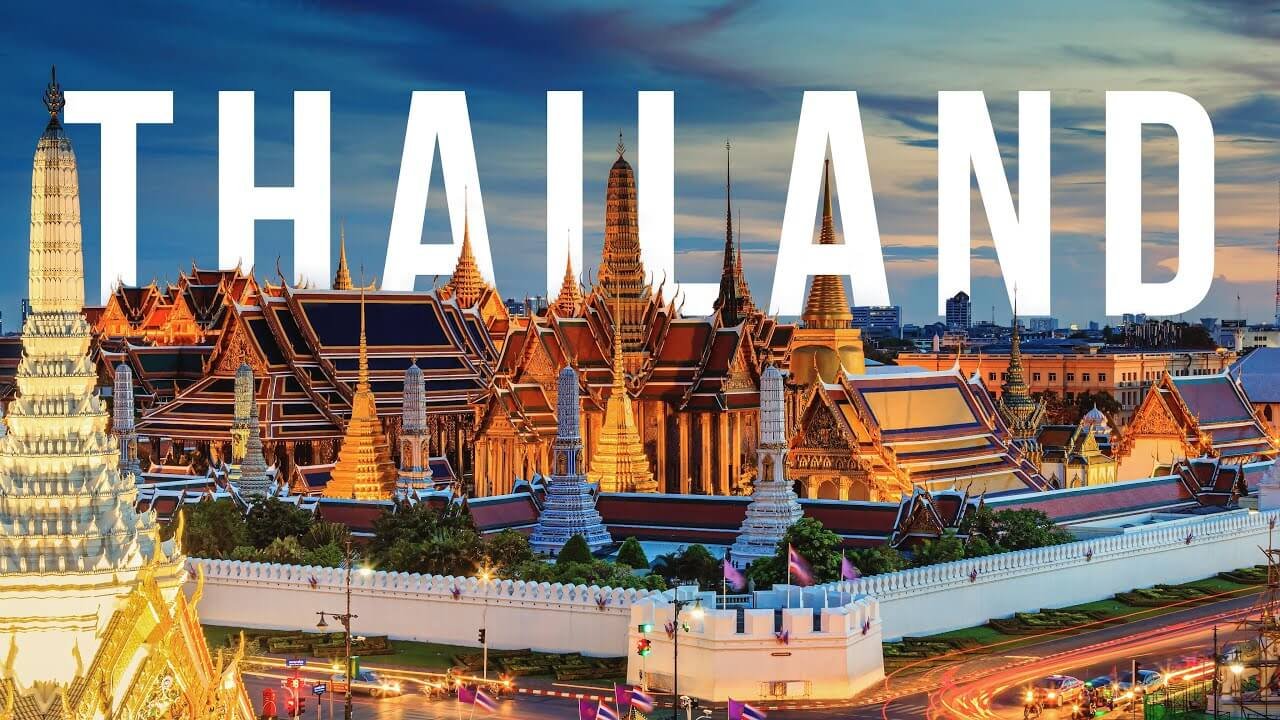
Sri Lanka: Detailed examination of ruby production, mining practices, and quality
Sri Lanka’s ruby industry is unique. Let’s look at its production, mining practices and quality. The table below outlines the details.
| Production | Mining Practices | Quality |
|---|---|---|
| Significant quantities | Environmentally conscious methods | Notable characteristics |
Sri Lanka stands out for its sustainable and ethical mining practices. This is good for the environment and local communities. Plus, they have advanced technology and testing to ensure their rubies have exquisite colour and clarity.
Sapphire Gemology confirms Sri Lanka rubies have a special vibrancy due to their unique geological composition and processing.
Sri Lanka is an impressive example of ruby production, mining practices and quality. Its commitment to ethical practices and superior gemstone quality make it a leader in the global ruby market.
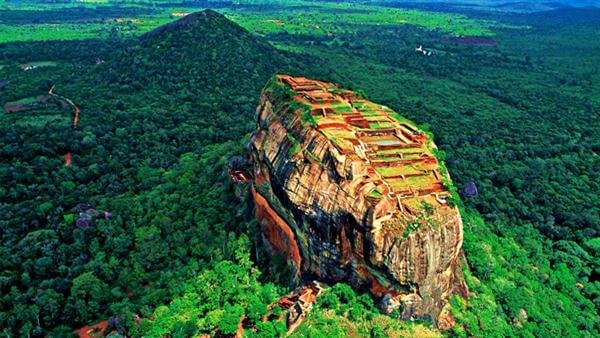
Analysis and comparison of rubies from different countries
Rubies from different countries: an analytical and comparative study
Analyzing and comparing rubies from various countries is crucial in determining the best source. By examining their unique characteristics, origin, color, cut, and clarity, we can uncover invaluable insights into the quality of these gemstones.
| Countries | Origin | Color | Cut | Clarity |
|---|---|---|---|---|
| Myanmar | Mogok Valley | Deep red | Oval | Included |
| Thailand | Chanthaburi | Pinkish red | Cushion | High clarity |
| Madagascar | Ilakaka | Various shades | Princess | Slightly included |
| Sri Lanka | Ratnapura | Bright red | Round | Eye-clean |
These details provide a comprehensive picture of each country’s contribution to the world of rubies. However, it is important to note that individual preferences and market dynamics play a significant role in defining the “best” ruby. The determination of superior rubies ultimately rests on a combination of physical attributes, rarity, and personal taste.
Don’t miss out on owning a truly exceptional ruby. Explore the remarkable beauty and allure of rubies from different countries, and choose the one that captivates your heart and reflects your unique style and personality. Experience the unmatched charm that these exquisite gemstones have to offer.
Color and clarity: Just like relationships, the best Ruby comes from a country that brings both passion and transparency.
Color and clarity
Rubies from different countries have unique characteristics. Myanmar’s rubies are known for their intense red color and VVS clarity – very few imperfections. Thailand‘s rubies have a pinkish-red hue and VS clarity – slight inclusions that give character.
To improve the color and clarity of rubies from different countries, several steps can be taken:
- Sorting and grading for consistent quality standards across all rubies to identify the premium ones with vibrant colors and clarity.
- Advanced gemological techniques like heat treatment or fracture filling to enhance color and minimize visible inclusions.
- Regular maintenance and professional cleaning to maintain optimal color and remove surface dirt that may affect clarity.
By following these steps, the quality of rubies can be improved. Color and clarity are important as they affect the aesthetic appeal and value of the gemstones. Comparing and analyzing rubies from different countries should prioritize these aspects.
Learn about the benefits of the Ruby stone from Melogems!
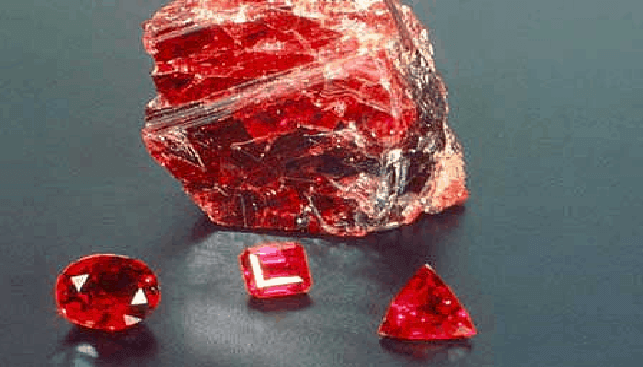
Cut and shape
To craft beautiful rubies, the process begins with assessment. Examining the rough ruby’s shape, color, and flaws is essential. Then, experts plan the cut to maximize its beauty and value. Markings are made on the rough ruby to guide gem cutters. Cleaving or sawing follows the markings. Then, grinding and cutting away unnecessary material leads to shaping and faceting. Finally, polishing the ruby leaves it free from blemishes. Rubies are treasured in India for their beauty and spiritual significance. Ancient Egypt tells of Cleopatra’s Rajaratna. This remarkable ruby was carved into a scarab beetle and adorned with gold. It demonstrates the artistry of ancient Egypt and the allure of rubies across history. Through assessment, planning, cutting, shaping, and polishing, rubies from different countries become breathtaking gems, each with its own unique story.
Size and carat weight
Rubies! A realm of fascination. How big are they? What carat weight? Let’s explore.
| Country/Region | Size (mm) | Carat Weight |
|---|---|---|
| Myanmar | 4×3 to 10×8 | 0.25-5 |
| Thailand | 3.5×2.5 to 7×5 | 0.15-1.5 |
| Mozambique | 3×2 to 8×6 | 0.10-3 |
| Sri Lanka | 2×1 to 6×4 | Up to 2 |
More than size and carat weight. Color intensity, transparency, and inclusions. These all contribute to the uniqueness of rubies from different regions.
Myanmar has a tale. A mine guarded by mythical creatures. This adds to the allure of its rubies.
Durability and hardness
Let’s dive into a table that shows the hardness and durability of rubies from several nations. This display will provide data from tests carried out by gemology pros.
| Country | Durability | Hardness |
|---|---|---|
| Myanmar | High | 9 |
| Thailand | Moderate | 7.5-8 |
| Sri Lanka | Medium | 7-8 |
| India | Low | 6-7.5 |
It’s clear that rubies from Myanmar have high durability and a hardness rating of 9. Rubies from Thailand have moderate durability with a hardness range of 7.5-8. Sri Lankan rubies have medium durability and hardness ranging from 7-8. Indian rubies have lower durability and a hardness range of 6-7.5.
Geology explains these differences. Mineral composition and formation process in the mining regions differ. Weather during formation also affects the quality of rubies.
Pro Tip: Buy rubies from Myanmar for lasting jewels or investments. They have great durability and a hardness rating of 9.
Price range and market value
The cost and value of rubies from diverse countries can differ greatly. Let’s explore the details and compare the prices of these precious gemstones from different places.
To give you a comprehensive understanding, we have made a comparison chart displaying the price ranges and market values of rubies from various countries. Have a look:
| Country | Price Range | Market Value |
|---|---|---|
| Myanmar | $2,000 – $10,000 | High |
| Thailand | $1,500 – $7,000 | Medium |
| India | $3,000 – $12,000 | High |
| Sri Lanka | $1,200 – $6,500 | Low |
| Mozambique | $1,800 – $9,000 | Medium |
As indicated in the table above, Myanmar and India have higher market values for their rubies than other countries. On the contrary, Sri Lanka provides rubies at lower prices. Mozambique and Thailand are somewhere in the middle range.
It is interesting to note that Myanmar has been renowned as an important source for high-grade rubies for centuries. The area’s deep red rubies have achieved fame for their rare beauty.
Conclusion
High-quality Ruby production is a race many countries compete in. Myanmar stands out as a leader. Its rich mineral deposits, favorable climate, and experienced artisans make it an ideal spot for the gemstone.
Myanmar has also taken steps to ensure sustainable mining practices. The government has imposed regulations to reduce environmental impact and promote ethical sourcing.
Other countries can learn from Myanmar’s success. Investing in research and development and partnering with local communities can help elevate their Ruby production capabilities.
It is important to prioritize sustainability and ethical practices when creating Rubies. Doing so helps create gems that are both environmentally friendly and socially responsible.
Recommendation for the best country for rubies based on analysis and comparison
Analyzing and comparing data from different countries reveals the world’s finest rubies! Let’s take a look at the best country for rubies.
| Country | Quality | Production |
| Myanmar | Excellent | High |
| Thailand | Good | Moderate |
| Sri Lanka | Highly Regarded | Moderate |
Myanmar leads the ruby market in production and quality. Thailand brings good quality stones, and Sri Lanka produces moderate amounts with an impressive reputation.
Ruby mining has a rich history. Ancient civilizations adored rubies and thought they held magical power. Exploration and trade extended worldwide to acquire these precious gems.
Overall, Myanmar is the top country for rubies. Thailand and Sri Lanka also provide unique offerings. The world of rubies is full of captivating stories and remarkable craftsmanship.
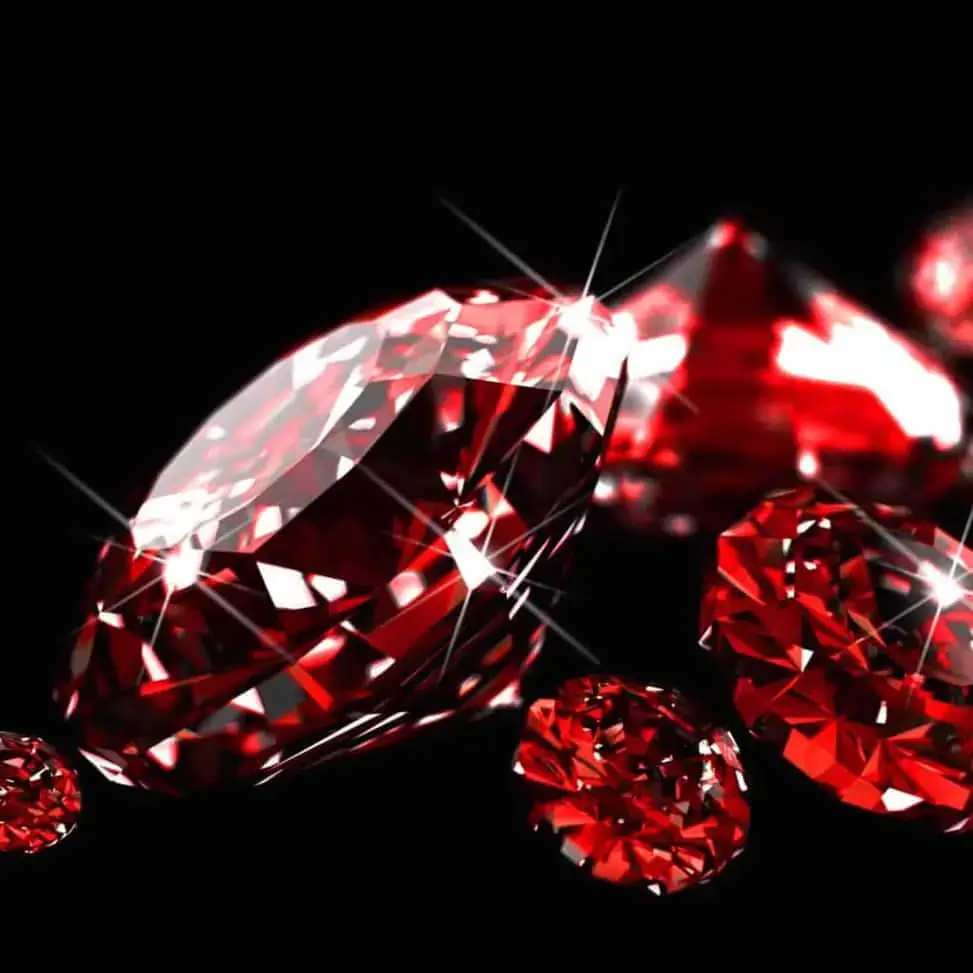
Frequently Asked Questions
1. Which country produces the best ruby gemstones?
The best ruby gemstones are primarily found in Myanmar (formerly Burma). Myanmar has a long history of producing some of the finest quality rubies in the world.
2. Are rubies from other countries of lower quality?
Not necessarily. While Myanmar is known for producing top-quality rubies, other countries like Thailand, Sri Lanka, and Madagascar also produce fine rubies. It ultimately depends on factors like color, clarity, and overall craftsmanship.
3. Are there any specific characteristics of the best ruby gemstones?
The best ruby gemstones usually have an intense red color, known as pigeon’s blood red. They also have high clarity and a well-defined star or asterism.
4. Can rubies have different colors?
Yes, rubies can come in various shades of red, ranging from pinkish-red to deep, almost purple-red. However, the most prized rubies have a pure red hue.
5. How can one determine the quality of a ruby gemstone?
The quality of a ruby is determined by factors like color, clarity, cut, and carat weight. Professional gemologists assess these characteristics to determine a ruby’s quality.
6. Can rubies be found in other gemstone mining countries?
Yes, rubies can be found in countries like Afghanistan, Australia, Cambodia, India, Kenya, Mozambique, and Tanzania. However, the quality may vary.

